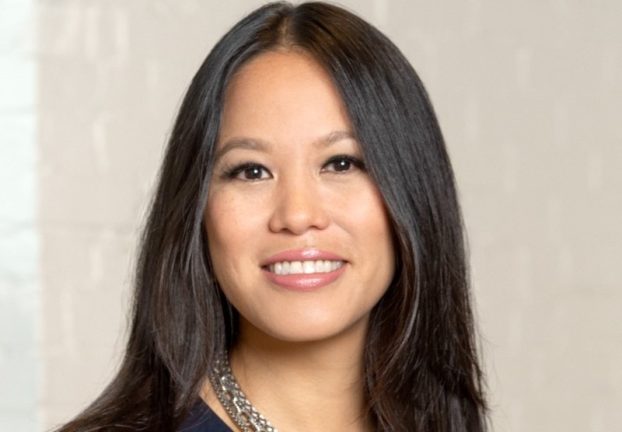Treating all employees well, making products or services that reflect the needs of people today, and having ethical business practices are among the most frequently cited actions of a purposeful brand, according to research from Zeno Group.
The communications agency ascertained, from its global online survey of 8,255 people, that Canadians believe treating employees well “regardless of rank or level” (59%, versus 55% global), having ethical business practices (57%, versus 52% global), and making products that reflect people’s needs (51%, versus 52% global) to be three of the most important elements of purposeful brand. More Canadians (51%) believe giving back to local communities is important than the global average (43%).
The study also examined perceptions of who is responsible for brand purpose at an organization. In Canada, 74% of respondents think a single executive leader – such as a CEO, founder or owner – is responsible for driving brand purpose; 63% said it was the job of another C-Suite executive, such as a chief communications officer, while 47% pointed to its customers.
Consumers are four times more likely to purchase from a brand that had a strong purpose, and are four-and-a-half times more likely to be an advocate for that brand among friends and family, the study found. Also, 94% of respondents stated it’s important that companies have a clear and strong brand purpose – however, only 37% of global respondents think companies actually do; that number is even lower among Canadian respondents, at 21%.
“A lot of companies are leaving equity on the table, because they don’t have a clearly identified purpose. When you do have a clearly defined purpose, consumers are more likely to champion the brand,” says Julie Georgas, managing director of Zeno Group Canada.
Georgas says having a clear defined purpose should really be CEOs’ and marketers’ North Star. “It just really holds them accountable. Your purpose can then become a filter for all of your decision making,” she says. “That has to trickle down from the top and be communicated internally, first. We need to have our employees fully aware of what the company stands for, its values, to make sure that everyone is really adhering to that and living their purpose.”
When asked what actions they took when they liked or agreed with a brand or company’s overall purpose, 38% of Canadian respondents said they started or continued buying from the brand or company. Conversely, when consumers disagreed or disliked a brand’s overall purpose, 27% of Canadians said they shared or discussed the opinion of the brand with friends, family, colleagues and other peers.
“[Brand purpose] does definitely affect the bottom line,” Georgas says. “Companies with a strong purpose are [not only] going to reap the reputational benefits, but also the business benefits because consumers are looking to brands. They want them to be transparent. They want to know what they stand for, what causes they support and how they’re adding value to their community.”
For example, in the aftermath of the killing of George Floyd by police in Minneapolis, many brands in Canada and the U.S. put out statements in solidarity of Black, Indigenous and People of Colour. While showing support for social, political or environmental issues – whether it’s Pride, Black Lives Matter or climate change – can invite criticism from consumers, taking a stand is now an imperative for brands.
During difficult times, Georgas adds, consumers are more likely to defend the brand and “forgive a misstep,” if they feel the brand has a defined purpose and mission that’s being communicated clearly. In Canada, Zeno found that 89% said they would support a purposeful brand receiving public criticism.
“Companies can’t afford to not be clearly communicating their stance when it comes to matters like racial injustice,” Georgas says. “But also, you need to back it up. It’s not enough to just be against something – you have to really show that you’re taking action… that you are really driving change.”
Photo by Nathan Dumlao on Unsplash
























